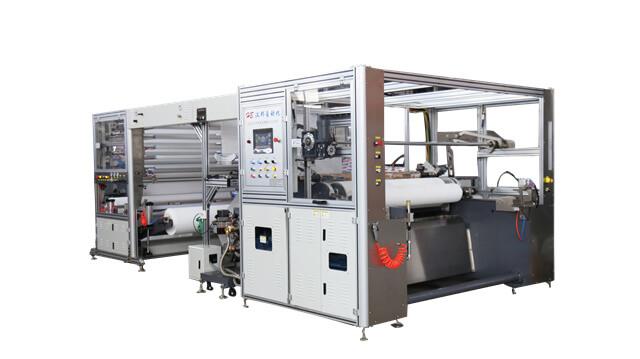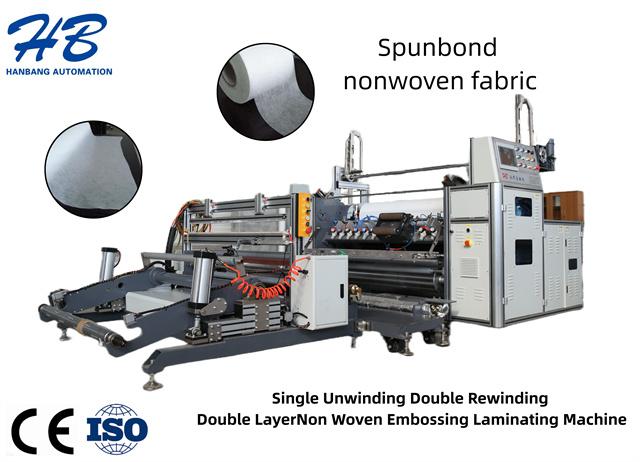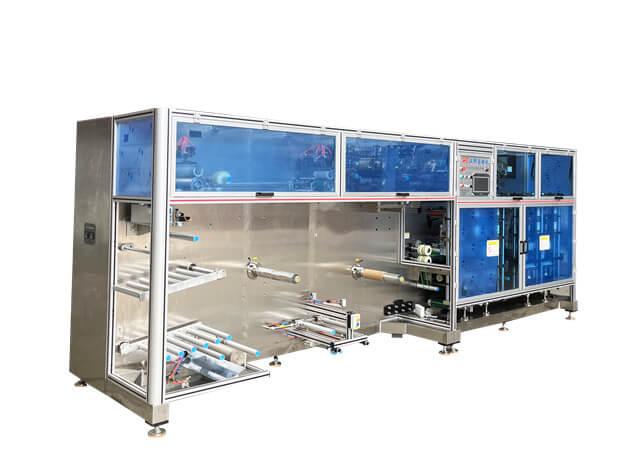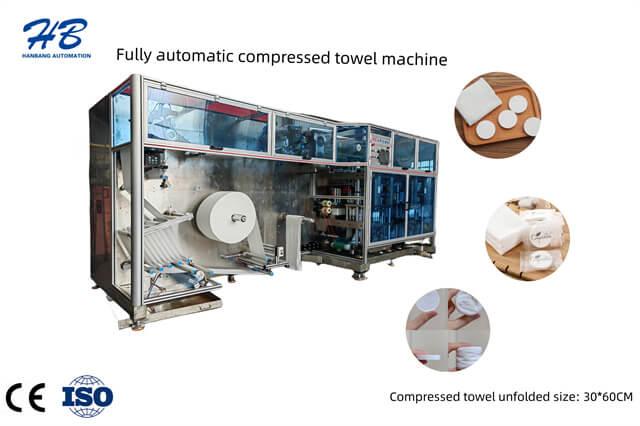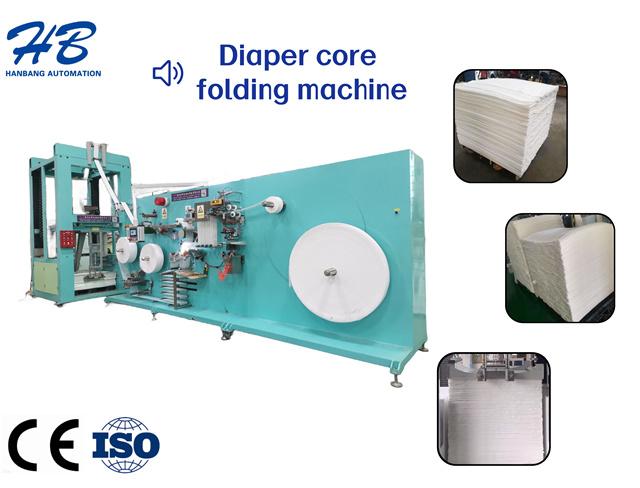Author:HB Nonwoven MachineryFROM:Compressed Towel Machine Manufacturer TIME:2024-05-02
Applications of Non Woven Needle Perforating Machine in Diaper and Sanitary Napkin Industry
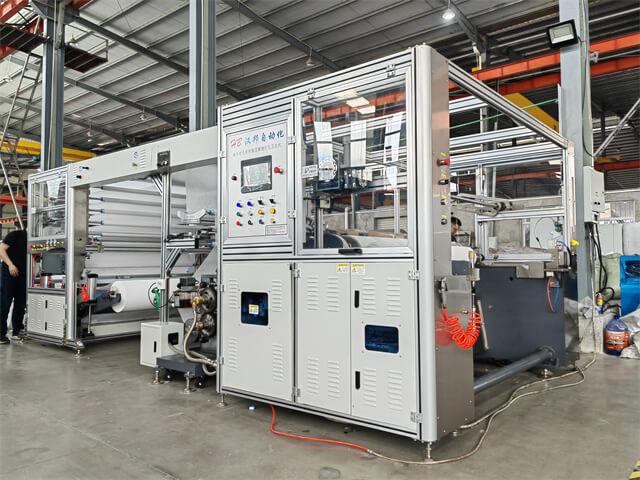
The diaper and sanitary napkin industry has witnessed significant growth over the years, fueled by increased awareness about hygiene and advancements in technology. To meet the growing demand, manufacturers rely on efficient production processes and high-quality materials. One crucial machine that plays a vital role in this industry is the non-woven needle perforating machine. This article discusses the applications of this machine and its significance in the production of diapers and sanitary napkins.
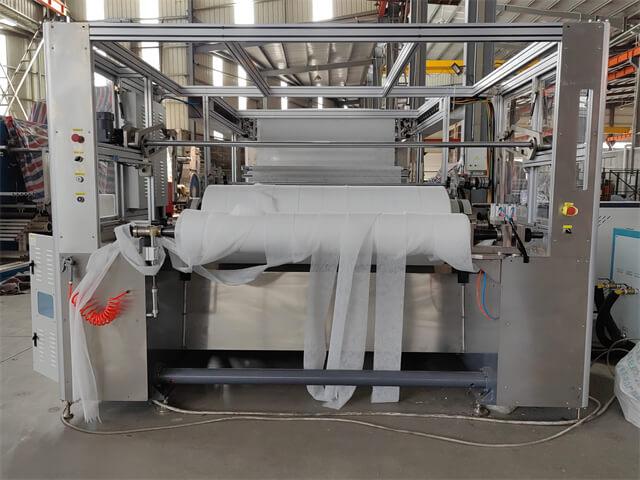
The non-woven needle perforating machine is a specialized equipment used to mechanically interlock fibers together to form a non-woven fabric. It consists of multiple needles that penetrate the fiber web and entangle the fibers, creating a cohesive structure. This process enhances the fabric's strength, thickness, and durability, making it suitable for various applications in the diaper and sanitary napkin industry.
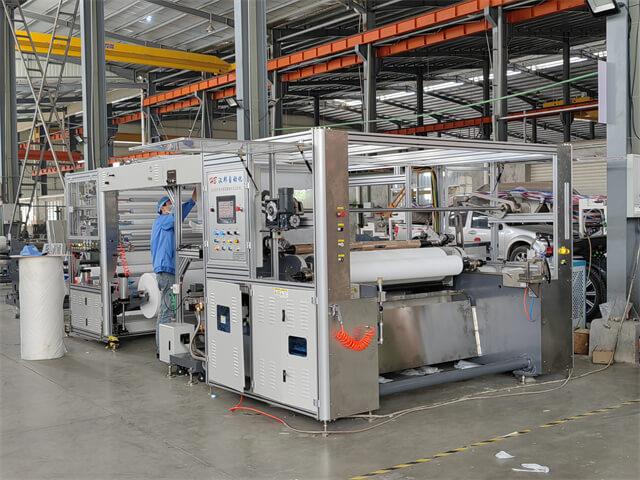
A key requirement for diapers and sanitary napkins is their ability to absorb moisture effectively. Non-woven fabrics produced using needle perforating machines possess excellent absorbency properties. The interlocking fiber structure created by the machine allows for efficient liquid absorption and retention, keeping the user dry and comfortable. Moreover, these fabrics are breathable, preventing skin irritation and rash.
Diapers and sanitary napkins should provide a soft and comfortable experience for the users. The needle perforating machine can produce non-woven fabrics with a smooth surface, offering a gentle touch against the skin. The entangled fibers create a soft cushioning effect, minimizing irritation and ensuring a pleasant wearing experience.
The non-woven needle perforating machine greatly enhances the structural integrity of diapers and sanitary napkins. By interlocking the fibers, the machine creates a sturdy fabric that can withstand rigorous usage without tearing or falling apart. This is crucial in maintaining the shape and functionality of the products, providing reliable protection and leakage control.
Manufacturers in the diaper and sanitary napkin industry benefit from using non-woven needle perforating machines due to their cost-efficiency and productivity. These machines operate at high speeds, enabling the production of large quantities of fabrics in a short period. Additionally, the use of non-woven fabrics reduces material waste, as they are produced directly from fibers without the need for weaving or knitting.
The non-woven needle perforating machine allows for versatility in design, offering manufacturers the freedom to create customized products. By adjusting the needle density, perforating depth, and fiber composition, various fabric textures and thicknesses can be achieved. Manufacturers can produce diapers and sanitary napkins with specific features, such as enhanced flexibility, breathability, or absorption capacity, tailored to meet consumer preferences.
Non-woven needle perforating machines are designed to seamlessly integrate into existing production lines in the diaper and sanitary napkin industry. They can be easily connected with other machines, such as ultrasonic welding machines or laminating machines, to create a continuous and efficient manufacturing process. This integration saves time, reduces labor costs, and improves overall production efficiency.
In conclusion, the non-woven needle perforating machine plays a crucial role in the diaper and sanitary napkin industry. Its applications include producing high-quality fabrics with excellent absorbency, softness, and structural integrity. The machine allows for cost-efficient and productive manufacturing processes while offering versatility in design. By utilizing this technology, manufacturers can meet the increasing demand for hygienic and comfortable products, ensuring the well-being of consumers.
